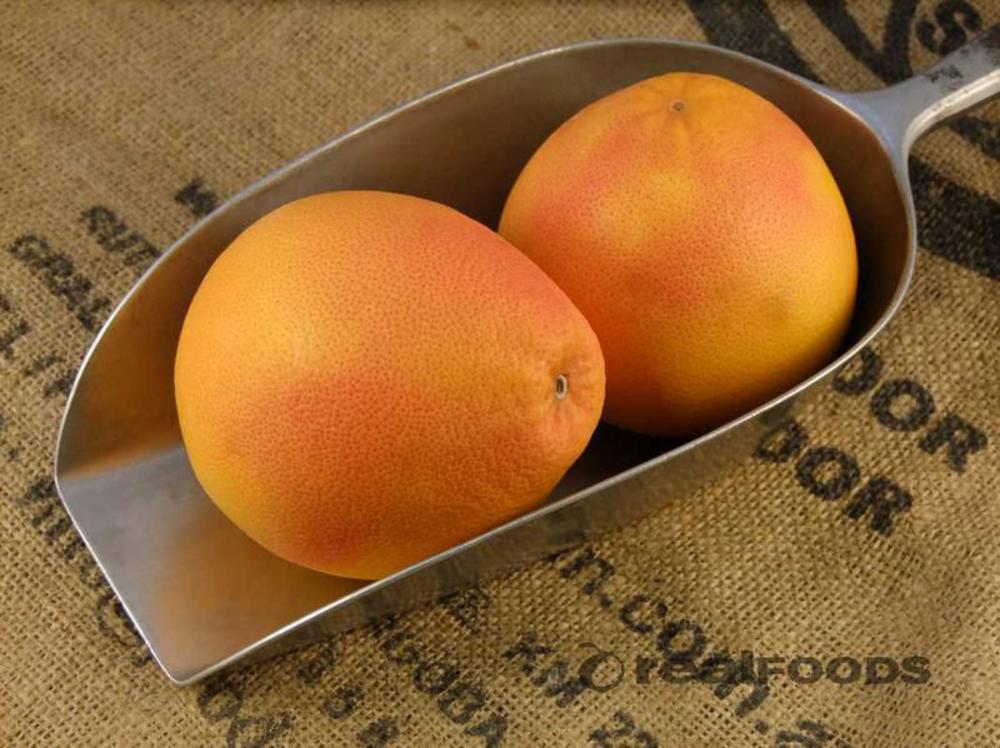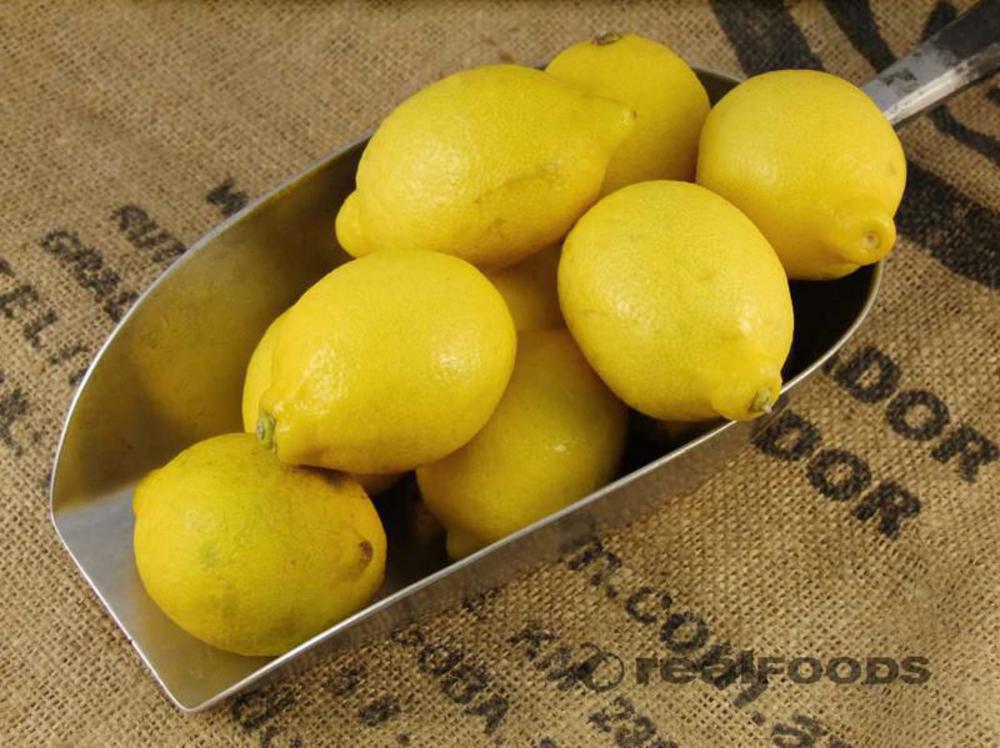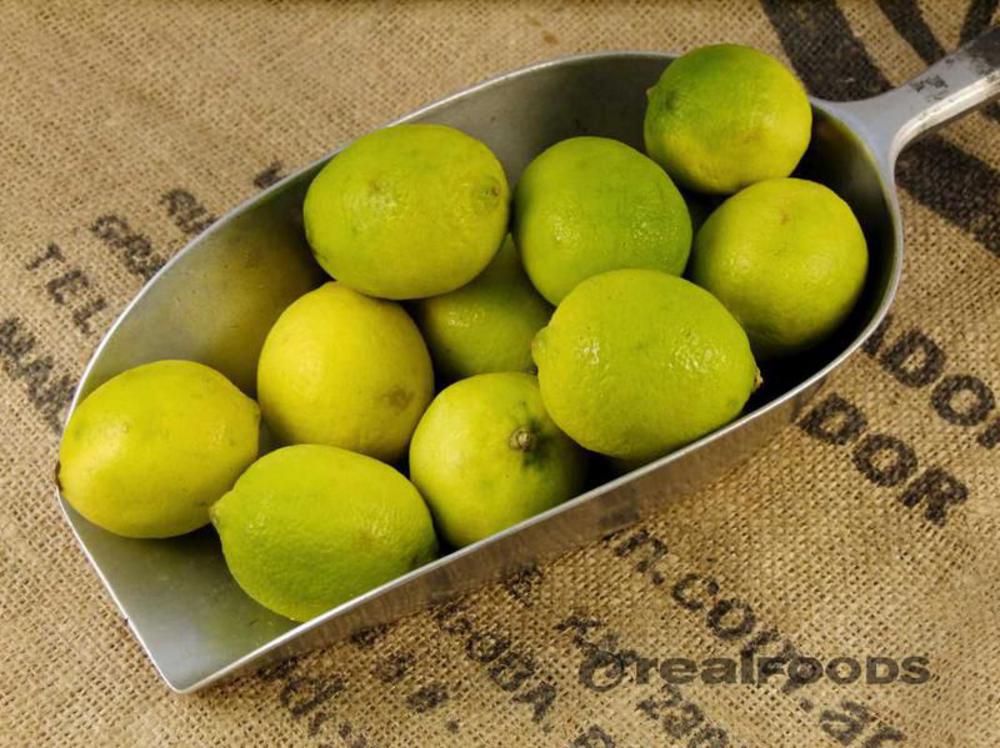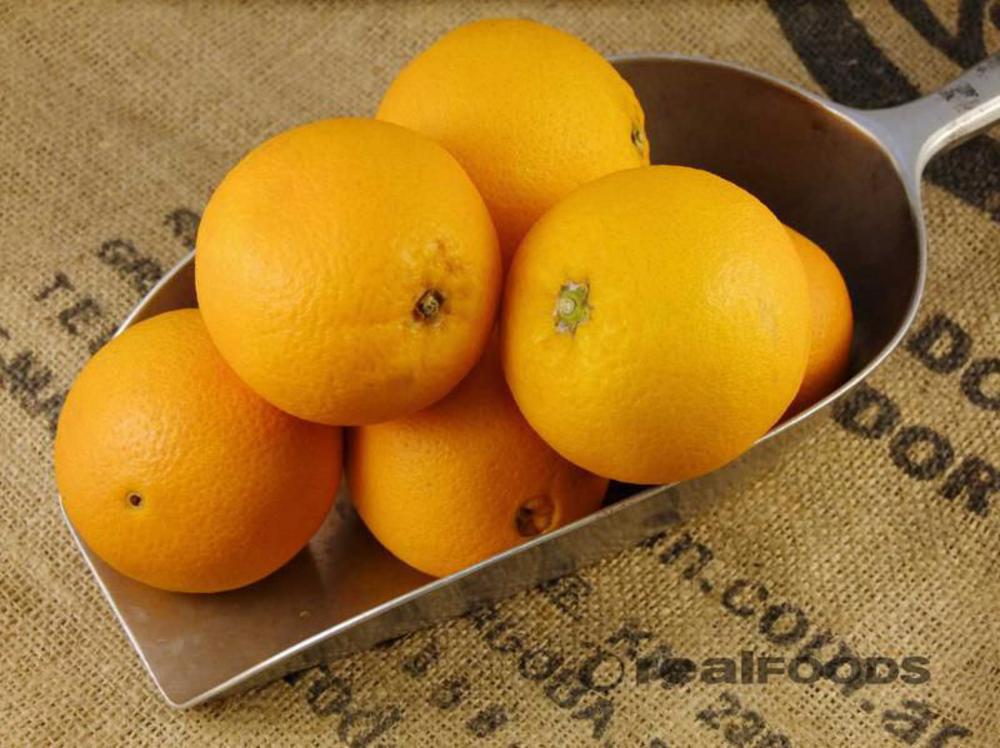Where do citrus fruits come from?
All of the citrus fruits are from the family Rutaceae. This family is also known as the rue family and contains flowering plants that generally have a strong scent. The genus Citrus includes oranges, grapefruits, limes and lemons. These fruits have been cultivated since ancient times. They have probably originated from Australia, New Caledonia and New Guinea, although some research points to them originating in Southeast Asia. Many of the species are hybrids and there is speculation that even the wild true-breeding species are actually hybrids originally.
What do citrus fruits do?
All of the citrus fruits are noted for their fragrance. This is due to limonoids and flavonoids (both of which have strong antioxidant and antibacterial properties). They can help prevent kidney stones, as they contain high levels of citrate. Lemons are the highest, drinking diluted lemon juice daily has been shown to decrease kidney stone formation.
The vitamin C content of citrus fruits is legendary, and regular consumption has been found to decrease your cardiovascular and heart disease risks, whilst increasing life expectancy. Vitamin C is also a natural anti-histamine, preventing histamine release and aiding in its detoxification. Vitamin C functions as an antioxidant, reducing oxidative stress.
How do I use citrus fruits?
Use the peel! It’s full of antioxidants and can help fight free radicals, balance blood sugar levels and support thyroid health. You can buy candied peel for desserts here.
Juice, have a look at our smoothie and juice recipes.
Mix with water, a slice or 2 of a citrus fruit in hot water first thing in the morning will help to alkalise your system and aid in cleansing.
What fruits do Real Foods sell from the citrus family?
 Grapefruit - Citrus Paradisi is natural hybrid between pomelo and sweet oranges. They have a more bitter tasting flesh than sweet oranges and are also larger in size. The grapefruit is probably a native of the West Indies and is also known as shaddock or 'forbidden fruit'. They are cultivated widely in California, Florida, Mexico, Argentina, India and Cuba and are eaten worldwide, often as a breakfast food. It has known interactions with certain drugs (increasing their effectiveness) so if you are on medications please consult with your doctor or pharmacist.
Grapefruit - Citrus Paradisi is natural hybrid between pomelo and sweet oranges. They have a more bitter tasting flesh than sweet oranges and are also larger in size. The grapefruit is probably a native of the West Indies and is also known as shaddock or 'forbidden fruit'. They are cultivated widely in California, Florida, Mexico, Argentina, India and Cuba and are eaten worldwide, often as a breakfast food. It has known interactions with certain drugs (increasing their effectiveness) so if you are on medications please consult with your doctor or pharmacist.

Lemons are probably a hybrid between a bitter orange (C. Aurantium) and a citron (C. Medica). Although it could be a hybrid involving limes! They contain high amounts of citric acid, around 5-6% of total weight. Initially discovered in India, lemons were avilable during the Roman Empire's heydays but were not widely cultivated until the Arabs introduced them into Italy in the 8th century. Colombus took them to America and it was then that their amazing effects on scurvy were noticed. They are highly valued for their juice and high vitamin C content.
 Limes - C. Aurantifolia are so called because they have long been confused with lemons. The name is derived from ‘limun’. The 2 most popularly cultivated limes are the Mexican or key Lime and the Persian lime. Limes were unknown in Europe before the crusaders and were probably imported from Palestine after Arabs had introduced them there. Their incredible flavour and high essential oil content is used widely in cooking and is popular for marinades.
Limes - C. Aurantifolia are so called because they have long been confused with lemons. The name is derived from ‘limun’. The 2 most popularly cultivated limes are the Mexican or key Lime and the Persian lime. Limes were unknown in Europe before the crusaders and were probably imported from Palestine after Arabs had introduced them there. Their incredible flavour and high essential oil content is used widely in cooking and is popular for marinades.
 Mandarin Orange - C. Reticulata. It is a variety of orange and its hybrids include Satsuma, Clementine and Tangerine. These oranges were originally named after their nearest port – at the time Mandarin!
Mandarin Orange - C. Reticulata. It is a variety of orange and its hybrids include Satsuma, Clementine and Tangerine. These oranges were originally named after their nearest port – at the time Mandarin!
Tangerines – C. Tangerina is probably derived from C. Oculata. Less sour and sweeter than oranges, the name is derived from Tangiers which grew them widely at one time. The red-orange skin is usually what separates them from mandarins.
Satsumas – C. Unshiu are probably of Japanese origin and are very easy to peel. Sweet, their nickname the “Christmas orange” is because they are very popular as Christmas treat in the U.K.
 Sweet oranges are known as Citrus Sinensis and are a hybrid between a pomelo (C. grandi s or C. maxima) and a mandarin (C. reticulata). There is no history of the orange being grown in the wild and it’s thought to have been selected in China or northern India from their cultivation of mandarins and pomelos. Oranges have been grown from at least 2500 B.C.E in China.
Sweet oranges are known as Citrus Sinensis and are a hybrid between a pomelo (C. grandi s or C. maxima) and a mandarin (C. reticulata). There is no history of the orange being grown in the wild and it’s thought to have been selected in China or northern India from their cultivation of mandarins and pomelos. Oranges have been grown from at least 2500 B.C.E in China.
 Seville Oranges are from the family Citrus Aurantium, they have a far more bitter taste and are often used for marmalade, they’re commonly called bitter or sour oranges. Real Foods sell them in season (usually December to February but it does vary a little). For more information on Seville oranges and when they're available please follow this link.
Seville Oranges are from the family Citrus Aurantium, they have a far more bitter taste and are often used for marmalade, they’re commonly called bitter or sour oranges. Real Foods sell them in season (usually December to February but it does vary a little). For more information on Seville oranges and when they're available please follow this link.

Bergamot (Citrus Bergamia) are a hybrid between lemons and oranges (it’s why they’re sometimes called orange bergamot and others call them lemon bergamots). They are relatives of sour oranges and are famously unpalatable. Similar to Seville in the sense they are prized for their zest, their flavour and pith for marmalade making and their scent. They do not taste very nice however! Bergamots are only available occasionally through the year. Follow this link for more information on bergamot.
By Kim Betney